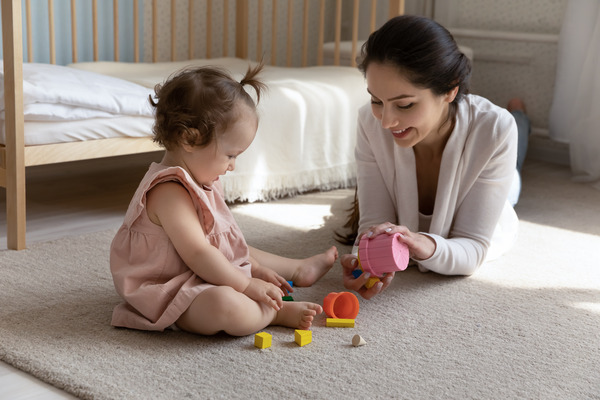
Setting limits in parenting is essential for the healthy development of children. Boundaries act as guides to understand which behaviors are acceptable and which are not, providing safety and structure to your environment. From an early age, children begin to explore their world and learn about social norms and expectations. The presence of clear and consistent boundaries provides them with a framework to understand these norms and develop self-regulation skills.
When parents and primary caregivers set these boundaries effectively, they are teaching their children important lessons about responsibility, respect, and self-control. Children who grow up with well-defined boundaries tend to show a greater sense of security in themselves and in their relationships with others. In addition, they are better prepared to face the challenges and adversities they may encounter on their path to adulthood.
The absence of boundaries can lead to a number of problems, including challenging behaviors, lack of respect for others, and difficulties regulating emotions. Therefore, Setting limits from an early age is a crucial investment in children’s emotional and social well-being, laying the foundation for their positive growth and development throughout life.
Throughout this article, we will understand in greater depth the importance of establishing clear limits when raising sons and daughters. Boundaries have a direct impact on our understanding of the world and environment around us, and if we grow up without them it can lead to a wide variety of antisocial and maladaptive behaviors.
What are limits in parenting?
Parenting boundaries are clear rules and expectations that parents establish to guide their children’s behavior. These boundaries provide a structured framework within which children can safely explore, learn and develop. It is important to note that limits are not only limited to prohibitions or restrictions, but also include the promotion of positive and healthy behaviors.
Boundaries establish the boundaries between what is acceptable and what is not in terms of behavior, attitudes and actions. For example, they may include rules about respect for others, appropriate use of language, bedtime, screen time, and household responsibilities. These rules provide children with a clear understanding of their parents’ expectations and help them develop self-regulation and decision-making skills.
It is important to distinguish between limits and punishments. While limits set expectations for behavior, punishments are used in response to inappropriate behavior as a direct consequence of not meeting established limits. Boundaries, on the other hand, focus on teaching and guiding, rather than punishing. This fosters a positive learning environment and supports children’s healthy development.

Strategies for setting clear boundaries
Setting effective limits requires a deliberate and consistent approach on the part of parents. Here are some key strategies to help set boundaries effectively during parenting:
1. Clear and consistent communication
It is essential that parents clearly and consistently communicate boundaries and behavioral expectations. This involves explaining the rules in a simple and direct way, using language appropriate for the child’s age. Additionally, it is important to be consistent in applying the limits to avoid confusion.
2. Establishment of rules and consequences
It is helpful to set clear, specific rules about what is expected and what the consequences are for not following them. For example, if a child does not pick up her toys after playing, the consequence could be that the toys are put away for a certain period of time. It is important that consequences are proportional to the behavior and applied consistently.
3. Use of positive discipline
Positive discipline is based on mutual respect, empathy, and teaching rather than punishing. This involves focusing on positive reinforcement, modeling desirable behaviors, and setting limits firmly but kindly. Positive discipline helps strengthen the relationship between parents and children and fosters an environment of learning and growth.
4. Modeling appropriate behaviors
Parents are important role models for their children. Therefore, it is crucial that they demonstrate the behaviors they want to encourage in their children, such as patience, problem solving, and respect for others. Children learn by observing and imitating their parents, so parents’ example is essential in shaping their behaviors.
5. Flexibility and adaptation
As children grow and change, it is important to adjust limits as necessary to meet their individual needs. Parents should be open to reviewing and modifying boundaries as new situations and challenges arise in raising their children. Flexibility and adaptation are key to maintaining a healthy and evolving parenting environment.
Conclusions
In conclusion, establishing limits with children during parenting is essential for their emotional and social development. Boundaries provide structure, security, and teach self-regulation skills. To achieve this, parents must communicate clearly, apply appropriate consequences, and use positive discipline. Additionally, it is crucial to model desirable behaviors and be flexible in adapting boundaries as children grow. By doing so, a healthy parenting environment is fostered and the comprehensive well-being of children is promoted.









